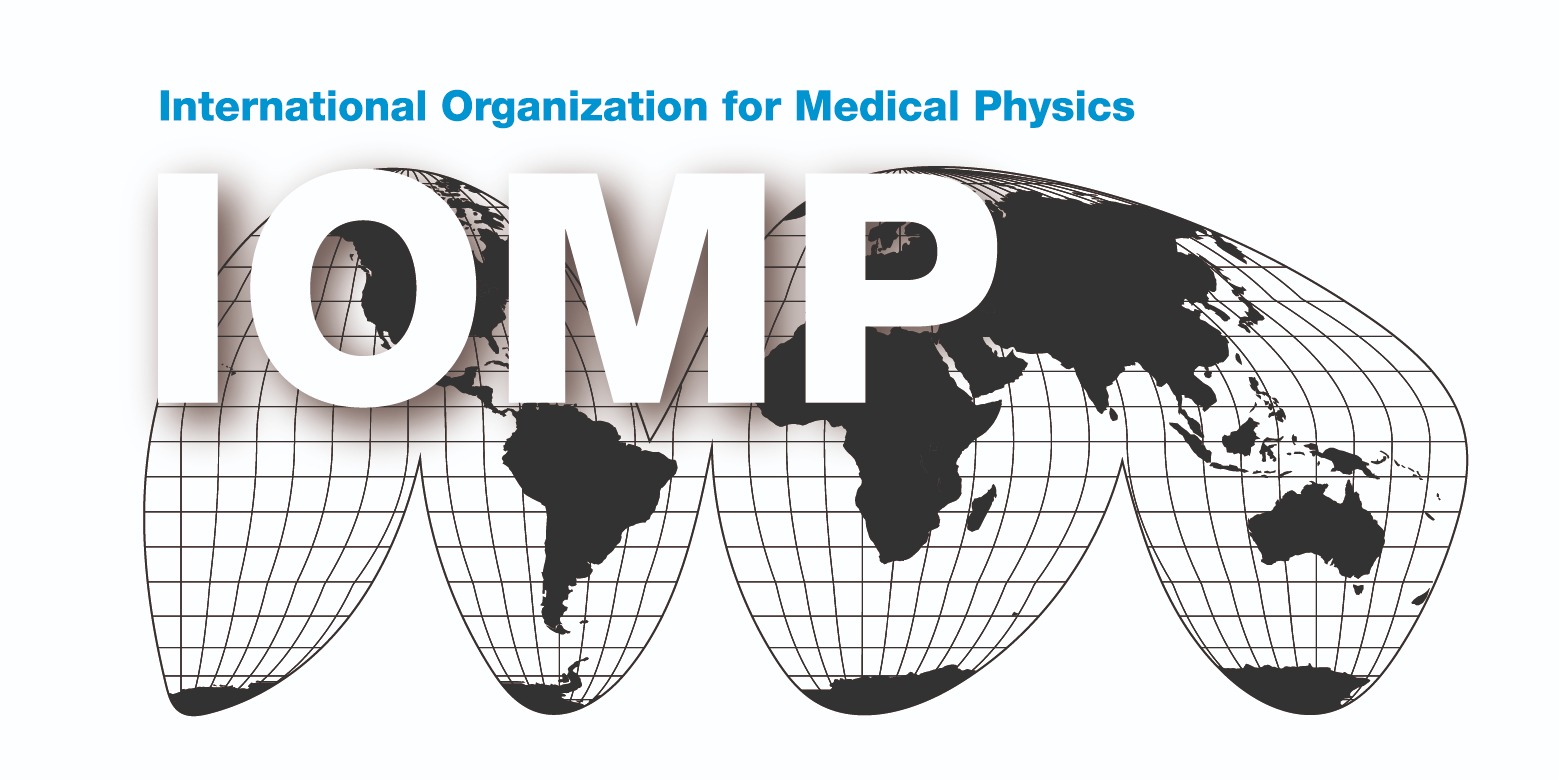Presenter: Sarah McKenney
Date of broadcast: 1 October 2019, 4 pm CET
About the webinar
The use of radiation dose monitoring (RDM) was developed in response to growing concerns regarding radiation risk from diagnostic imaging, specifically from computed tomography (CT). RDM has further been fuelled largely by regulatory or accrediting requirements to extend monitoring to other imaging modalities that use ionizing radiation, such as fluoroscopy.
At this time, more than 15 diverse products are commercially available and equipped with features that continue to evolve. RDM is a heterogeneous practice developed primarily at a departmental level. The implementation of dose monitoring ranges from an act of compliance requiring minimal support to an essential imaging and workflow tool leveraged by staff ranging from technologists to administrators.
In early 2018, over 50 questions were generated to equip imaging groups with the ability to evaluate monitoring solutions in terms of
the hardware support and necessary resources
the user interface
the physics of the dose values monitored
the deliverables as well as other considerations.
A summary of responses to these questions will be reviewed to better understand differences in capabilities and necessary resources to successfully launch a radiation dose monitoring program.
Learning objectives
To identify the benefits of hosting a radiation dose monitoring program for diagnostic imaging
To recognize the key elements and stakeholders of a dose monitoring program
To assemble the key questions necessary to evaluate commercially available programs.
About the presenter
Dr. McKenney serves as a Diagnostic Medical Physicist at Stanford University. She is a member of the steering committee for Image Gently. She is also the Vice Chair of the Pediatric Imaging Subcommittee for the American Association of Physicists in Medicine and she is a member of the Food and Drug Administration (FDA) Technical Electronic Product Radiation Safety Standards Committee (TEPRSSC). Her research interests include image quality and patient dose optimization.

